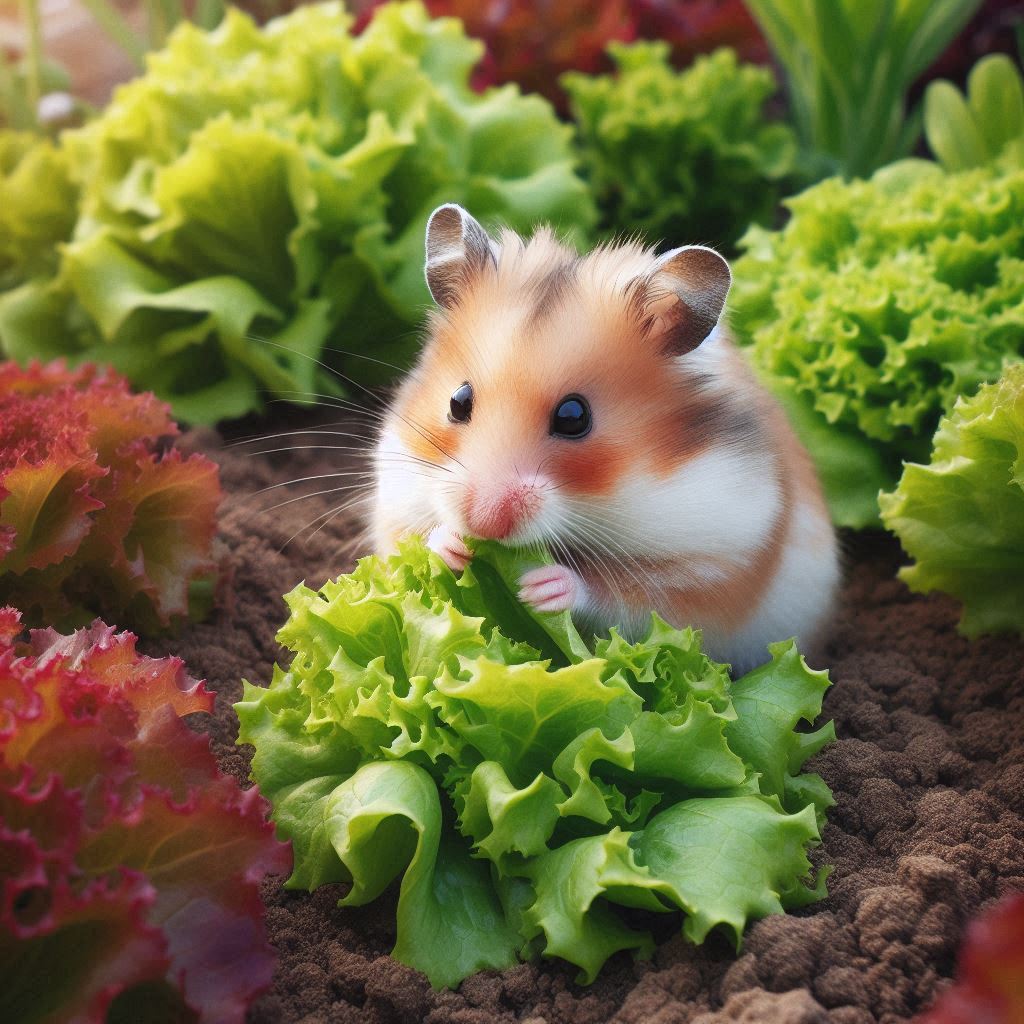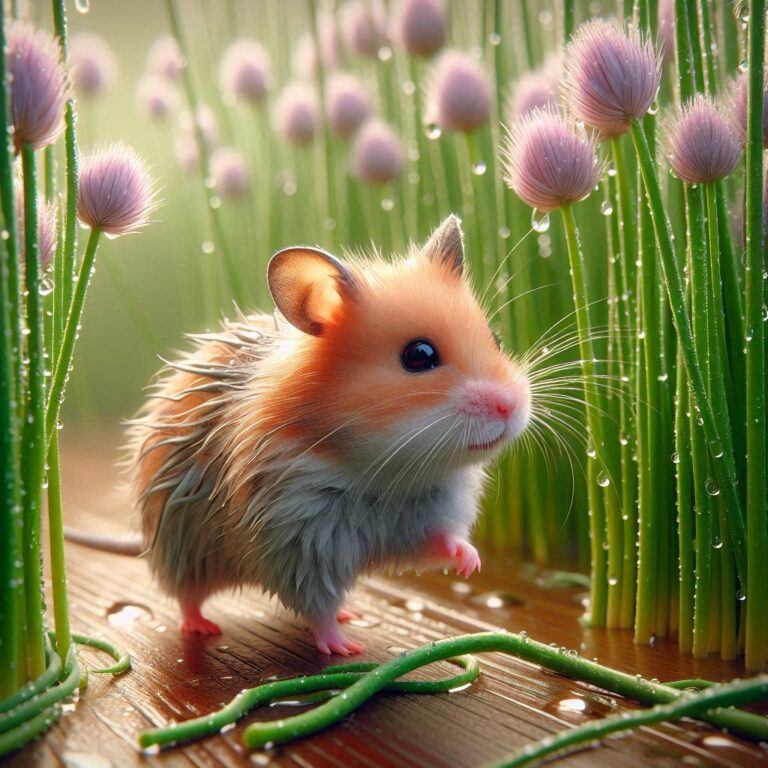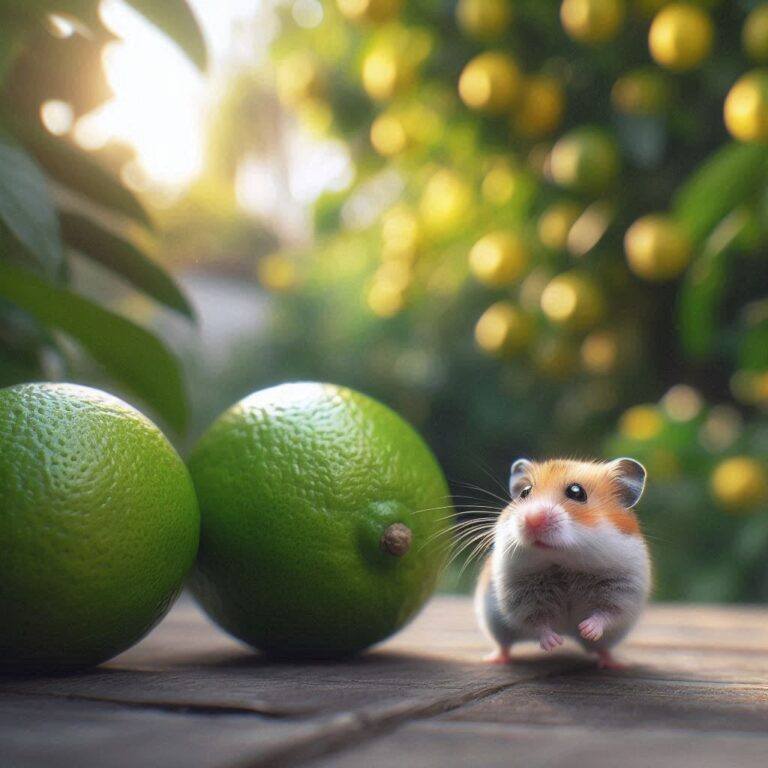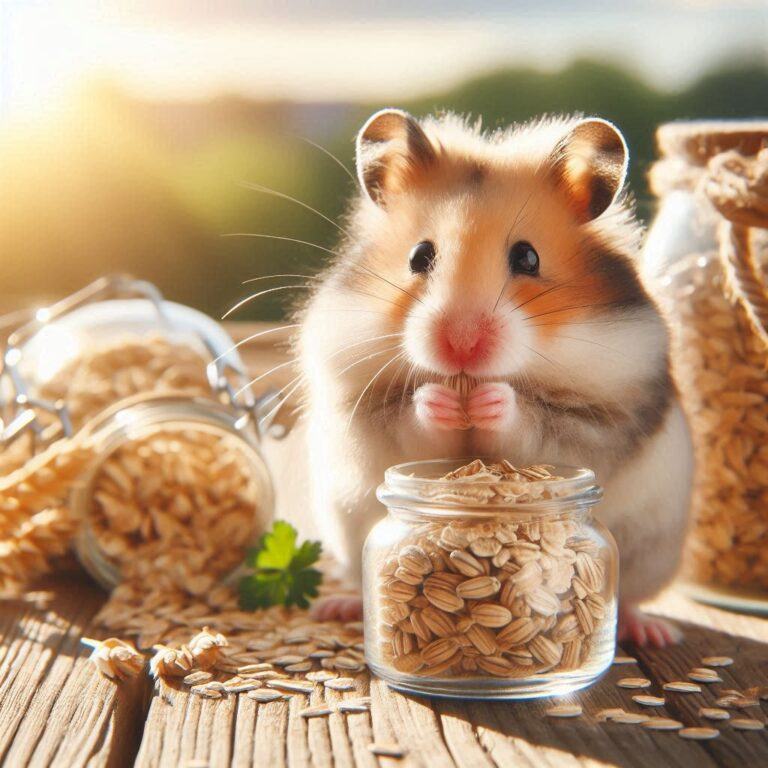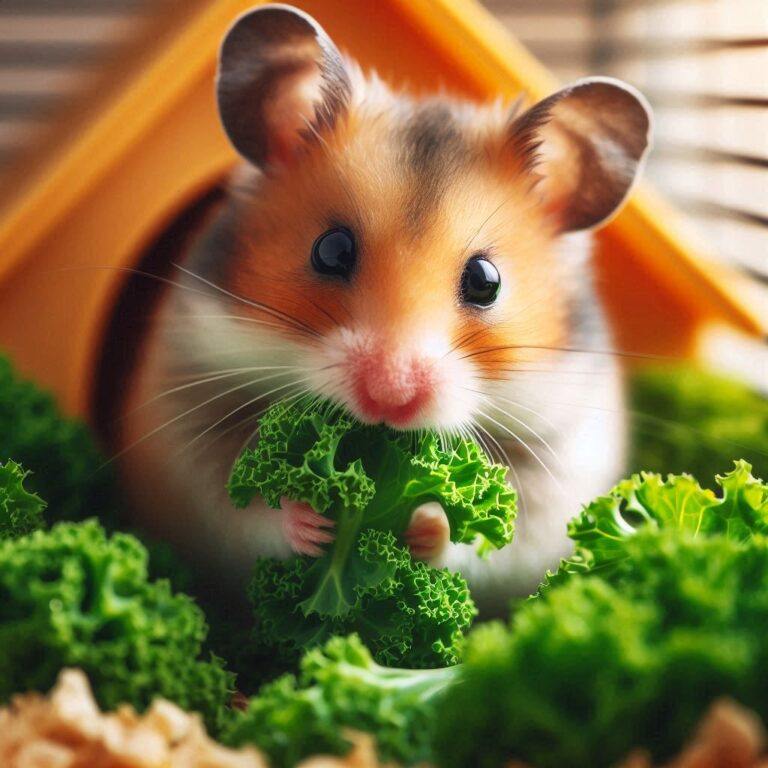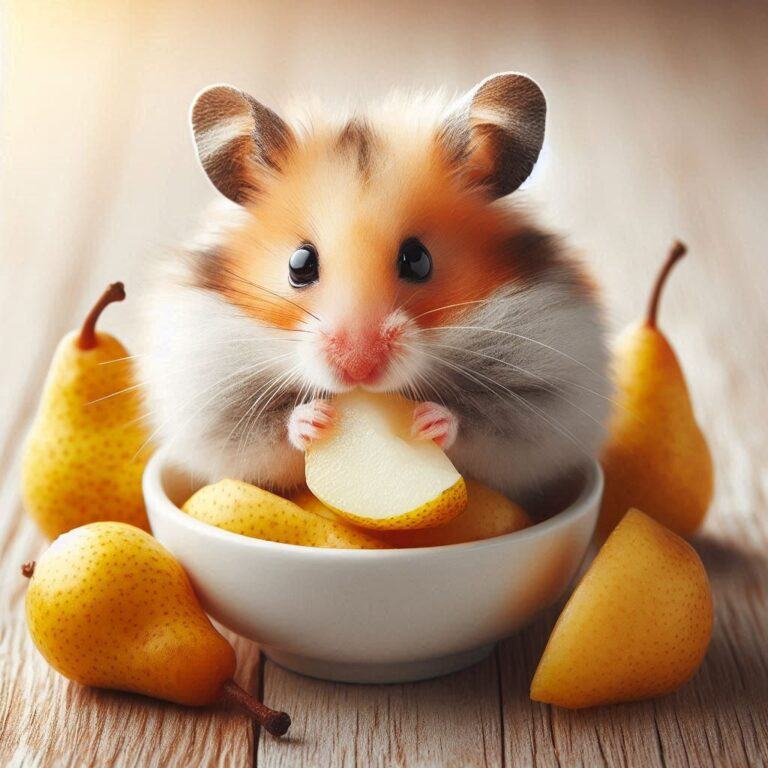Can Hamsters Safely Eat Fresh Romaine Lettuce
Yes, hamsters can safely enjoy fresh romaine lettuce in moderation. With its low-calorie content and rich array of nutrients, romaine lettuce offers benefits when served properly. But, just like any other fresh food you introduce to your hamster’s meal plan, it should be done gradually to prevent digestive issues.
Romaine lettuce’s safety for hamsters isn’t just about it being non-toxic; it’s also about how well it complements their nutritional needs without overloading their tiny gastrointestinal tracts.
A small piece of lettuce can go a long way, providing essential vitamins and minerals without the risk of unnecessary weight gain or sugar spikes often associated with fruit treats.
When serving romaine lettuce, precision is key. You’ll want to stick to a small enough portion that it provides variety and enjoyment without becoming a substantial part of their diet.
I recommend a piece roughly the size of your thumb as a starting point, adjusting for your hamster’s size and nutritional needs.
It’s about striking a balance that ensures your hamster reaps the lettuce’s benefits without any drawbacks.
As we move into the finer details of becoming a savvy hamster chef, the next section is your ticket to understanding the specific nutritional value of romaine lettuce.
Understanding these details is essential not just for serving the right foods, but for serving them smartly. After all, isn’t the ultimate goal to keep your little companion healthy and happy for as long as possible?
Mine certainly is!
Nutritional Value of Romaine Lettuce for Hamsters
Romaine lettuce, often overshadowed by its flashier vegetable cousins, holds its own with a suite of nutrients beneficial for hamsters.
This green leaf provides a modest blend of vitamins A and K, both of which support several health functions, like maintaining good eyesight and promoting proper blood clotting.
Not only are vitamins a draw, but the dietary fiber found in romaine lettuce is a boost for your hamster’s digestive health. Fiber helps keep their tiny digestive systems regular, reducing the risk of constipation and other related issues.
Hydration can be a concern for these small creatures. Romaine lettuce’s high water content makes it a hydrating snack, especially on warm days or when dry food forms the bulk of their diet.
Despite its benefits, it’s crucial to acknowledge that lettuce should not replace a hamster’s primary diet.
It lacks the complete nutritional profile necessary for your pet’s well-being. Therefore, it’s essential to balance its intake with other vet-recommended foods.
Incorporating Romaine Lettuce into a Hamster’s Diet
So, I’ve established that hamsters can indeed munch on romaine lettuce safely, and you’re aware of the ample vitamins it provides.
But how do you fit this green into your pet’s meal plan? It’s not as tough as it sounds. Think of your hamster’s diet as a mosaic, with each piece playing its part in the bigger picture.
Romaine lettuce can be one such piece, but keep in mind it shouldn’t be the main component.
Strike a balance. Aim for a variety where romaine lettuce complements other hamster-appropriate vegetables, quality pellets, and the occasional fruit treat.
Remember, romaines are more of a side dish in the world of hamster dining. Present a sliver of lettuce maybe once or twice a week—this is ample.
NUTRITION FIRST. That’s our mantra when we pick foods for our fuzzy little friends. While fresh fruit and veggies are great, such as cauliflower, seedless pumpkin, or bell peppers, ensure they form just one portion of the diet.
Hamsters need their fill of proteins and fats too, which high-quality pellets typically provide.
Lastly, care is paramount when prepping lettuce for our hamsters. Always wash it thoroughly to rid it of possible pesticides—these can be harmful.
Chop it into small, manageable pieces to prevent choking hazards. What’s manageable? Think the size of your hamster’s paw. That’s about right.
By following these simple steps, you can make romaine lettuce a safe and enjoyable addition to your hamster’s diet.
What’s more, you’ll rest easy, knowing you’re contributing positively to its health and happiness. And isn’t that the ultimate goal for any pet owner?

